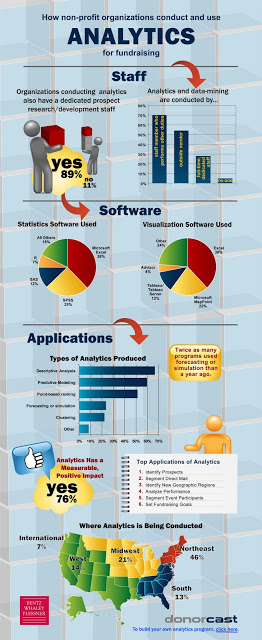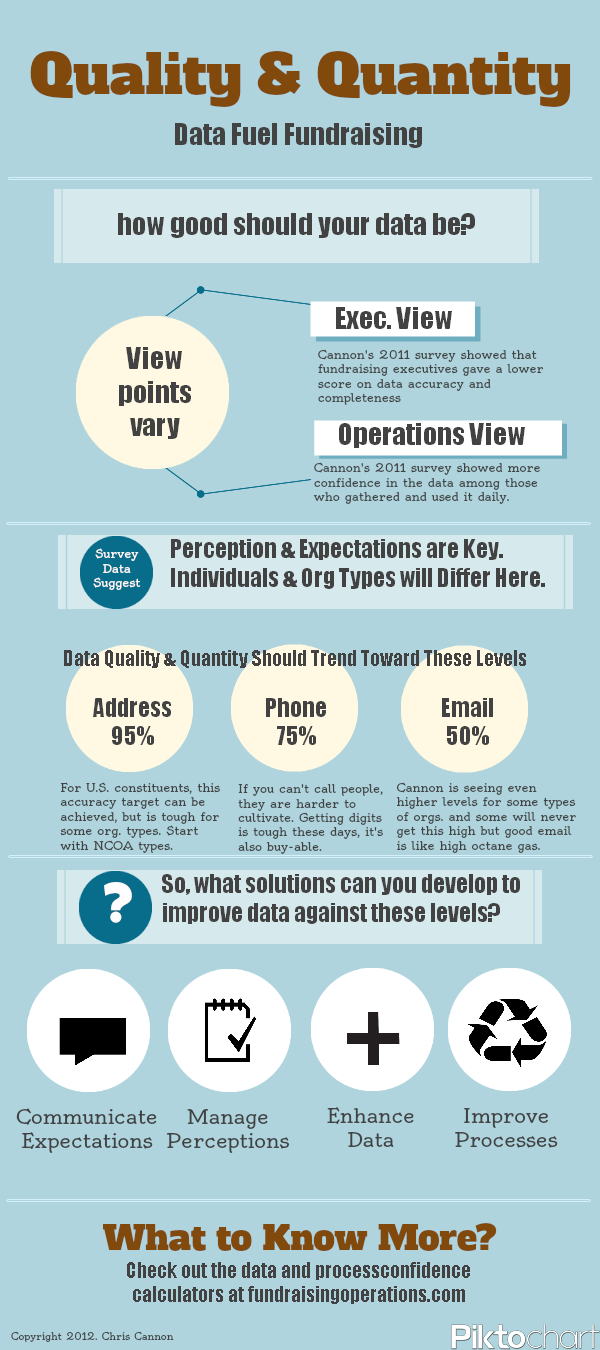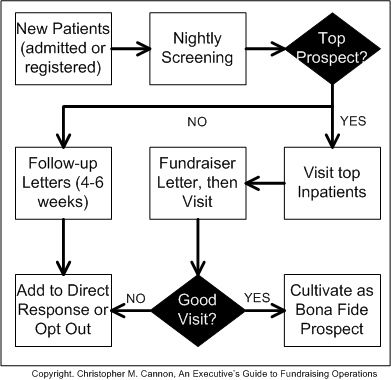Consumer experiences shape much of our constituents’ fundraising lens. For example, I’ve written extensively about the #iPhoneProblem. This “problem” doesn’t mean iPhones are bad; to the contrary, they are so good our nonprofit tools simply can’t keep pace with users’ expectations (see our recent technology satisfaction survey for details: https://goo.gl/M1PIy5). This spreads to issues like use and reliance on mobile functions, which are creeping up the charts for donor giving preferences, for example. All of this consumer experience impact increasingly affects how we plan, schedule, and execute our fundraising strategies.
One need look no further than “Giving Tuesday” (i.e., philanthropy’s response to “Black Friday” and “Small Business Saturday” gimmicks) to see how our strategies and calendaring are being shaped. Giving Day efforts by universities (which I appreciate, for the record) feel a little like GroupOn specials. The provenance of GoFundMe pages is becoming harder to discern….am I giving to my alma mater or some guy at my alma mater? Overall, urgency and immediacy are prime objectives in this new approach. “Act now, before it’s too late!”
An interesting article in the Atlantic (https://goo.gl/jRfajb) assesses the impact of constant marketing to prospective students. For fundraising, the trend is similar. The days of a year-long direct response calendar are numbered. 24/7/365 strategies like peer-to-peer efforts are starting to look as if they can outstrip time-honored phonathon efforts. For example, one university’s recent Giving Day resulted in 1,800 new donors among the 12,000+ donors to that effort, totals that far surpassed the more tedious phonathon efforts to date.
So, what does this mean for nonprofits? For starters, rather than that year-end pitch to all of your constituents, more and more immediate solicitations (ideally conducted by peers, such as alumni reunion classmates) are to be expected.
As this GivingUSA chart suggests, giving is remarkably stable and generally finite and therefore nonprofits must try their best to get as much of the pie as possible. Now! That year-end big mailing? Do it sooner. That email communication plan? Start it today. That reunion fundraising effort? Get it moving. Don’t have a good peer-to-peer tool? Get one, fast!
Some of this is hyperbolic, of course, yet the message should be clear. If your fundraising schedule calls for raising most of your money with calendar and fiscal year-end pushes, by the time you reach many of your prospective donors, they will have already given….just not to your organization.





